Are you still a grower, or are you mainly an energy specialist? Somehow over the last years, and especially the last months, energy has become of vital importance for the rentability of a company. Here are 10 articles from 2022 on how growers deal with the energy situation and what solutions could possibly help them beat the high energy costs.
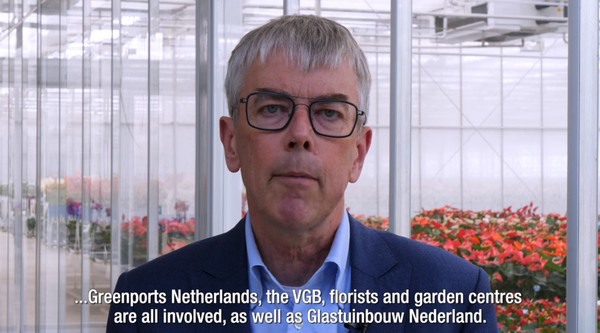
"Energy crisis hits floriculture hard"
The extremely high energy costs are hitting the floriculture industry hard. Royal FloraHolland is sounding the alarm and is cooperating with other parties. Don't leave the greenhouse horticulture sector out in the cold, is their message. CEO Steven van Schilfgaarde of Royal FloraHolland addresses the growers in a video message.
The Netherlands: Natural gas - why are the costs increasing so much?
Dutch growers were paying around €0.20/m3 for natural gas for a long time. That is, until April 2021. Then the gas price started to rise, at first tentatively and almost unobserved. But, in September, alarm bells began sounding everywhere. A gas crisis and, therefore, an energy crisis had begun. That raised questions. How could it have come to this? And perhaps more importantly for growers whose energy bills are skyrocketing, what now?
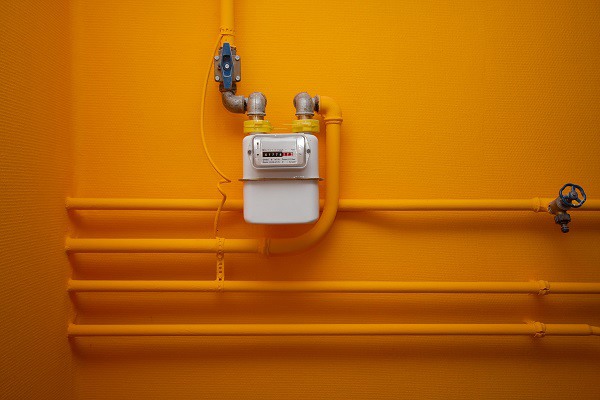
NL: Growers know how to find the event on energy crisis to learn and laugh
"The idea is not for everyone to start experimenting when a lot is already known." That's what climate specialist René Beerkens said during his presentation at a special grower event on the energy crisis at Tomatoworld. All available seats were packed with growers from far outside the Westland region (Flemish growers were also present), and a few even had to be turned away, with no spaces left. Attendees had the theory of data-driven, energy-efficient cultivation explained to them, as well as practical tools where possible.
"Here in Türkiye, we heat greenhouses with geothermal water, which is much cheaper than gas"
In Europe, many greenhouse growers have stopped winter production because of high gas prices. "Nobody is going to put extra gas to heat up tomatoes or peppers, so to say, because the EU needs to provide heating to private citizens first," says Fatih Kördemirci from Kurt Group of Companies. That is one of the reasons why tomato export from Türkiye to Europe is going up. "Here in Türkiye, we heat greenhouses with geothermal water, which is much cheaper than gas," he remarks. "No producer in Türkiye is using gas. Some are using coal, but most of the producers in our region, the Aegean region, are using geothermal water."

"In Belgium, the greenhouse sector is bearing the brunt of the energy crisis"
Last week, the Flemish parliament held a hearing about the energy crisis. It was attended by representatives from various interested parties. They exchanged views with the Flemish minister of Economy, Innovation, Work, Social Economy, and Agriculture, Jo Brouns, and members of the economy, work, social economy, science, and innovation commission. Lode Ceyssens and Hanne Leirs represented the farmers' association, Boerenbond.
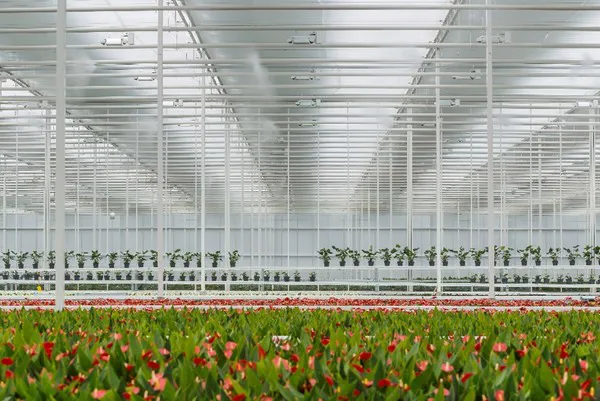
Energy Savings Calculator & PARperfect screening technology on display at Canadian Greenhouse Conference
"The Canadian greenhouse sector may not be facing an energy crisis like Europe, but costs are continuously rising. We want to help growers save energy and improve climatic conditions in the greenhouse to help them cut energy costs and get the most out of their climate screens," says Dustin Mater, Canadian Sales Manager at Svensson.
Energy screens: work smarter, not harder
It was recently announced that Phormium has developed a completely new type of energy screen and is now officially launching it: the PhormiTex Noctis Thermo. Now that saving on energy is needed more than ever, many growers are considering installing a second energy screen. This will undoubtedly reduce the energy bill, but there remains a lot of untapped potential, Phormium noted. There are several good reasons not to opt for a classic transparent energy screen but for an aluminized type as the second screen.
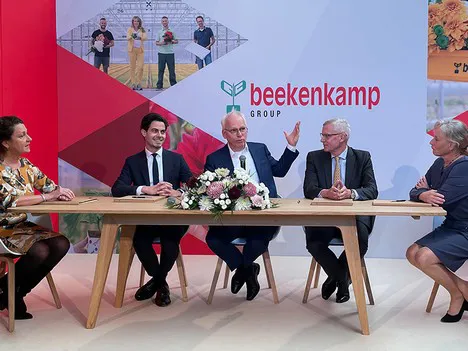 Energy transition greenhouse horticulture covenant signed at Beekenkamp Group
Energy transition greenhouse horticulture covenant signed at Beekenkamp Group
CO2 emissions in greenhouse horticulture will be significantly reduced in the coming years. On 30 November 2022, the Ministries of Agriculture, Economic Affairs, and Climate and Finance signed the Covenant Energy Transition Greenhouse Horticulture 2022-2030 together with other parties from the horticulture sector. The parties will work on measures for energy saving and sustainability that are necessary for healthy and profitable greenhouse horticulture.
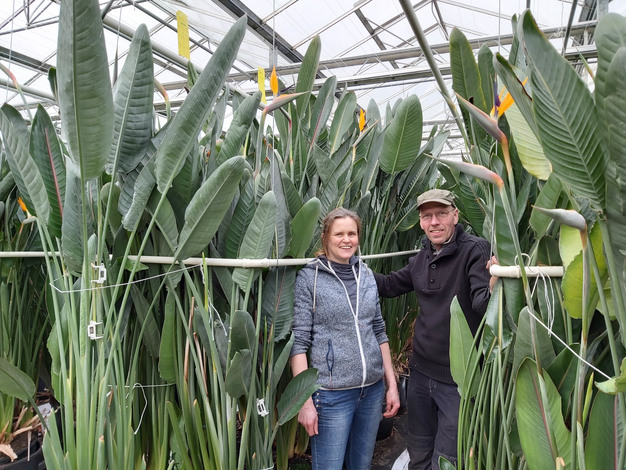
"The energy situation really worries us as a small nursery"
The current gas price situation is causing quite a stir among both the average Dutch person and greenhouse growers, where it is especially noticeable among small-scale businesses. Strelitzia Kwekerij Blok is one of these small-scale businesses in the ornamental plant sector. Owner Leo Blok gave his opinion on the situation on the company's Facebook page and explains it in more detail in this article.
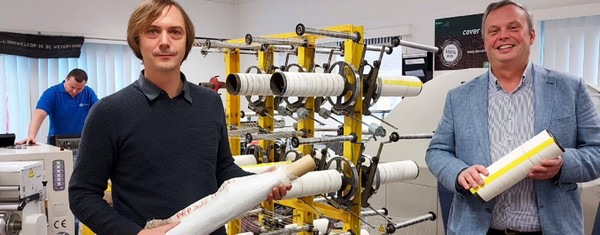
"Most growers confuse energy saving with transparency"
It is no surprise that the demand for extra energy screens is booming. An extra screen can save a lot of energy as it increases the insulation value of the greenhouse. Most growers use that extra screen during the night. After all, that's when the biggest savings can be achieved. During the day, plants should be able to take maximum advantage of the scarce sunlight.
